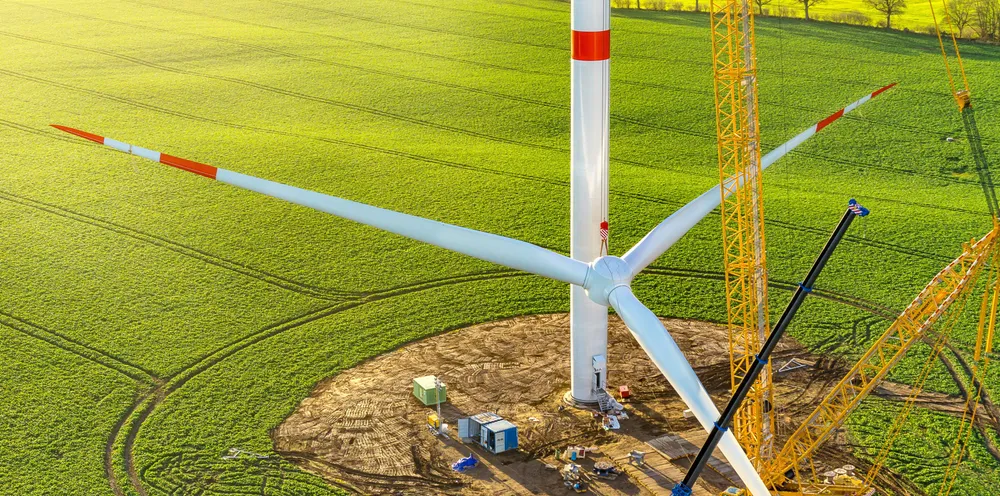Wind and solar power cost hikes are 'rough patch not inflection point': BNEF
Key renewable sources see global benchmarks tick up in first half as inflation bites – but trend should be temporary and fossils fared even worse, says research group

Key renewable sources see global benchmarks tick up in first half as inflation bites – but trend should be temporary and fossils fared even worse, says research group
